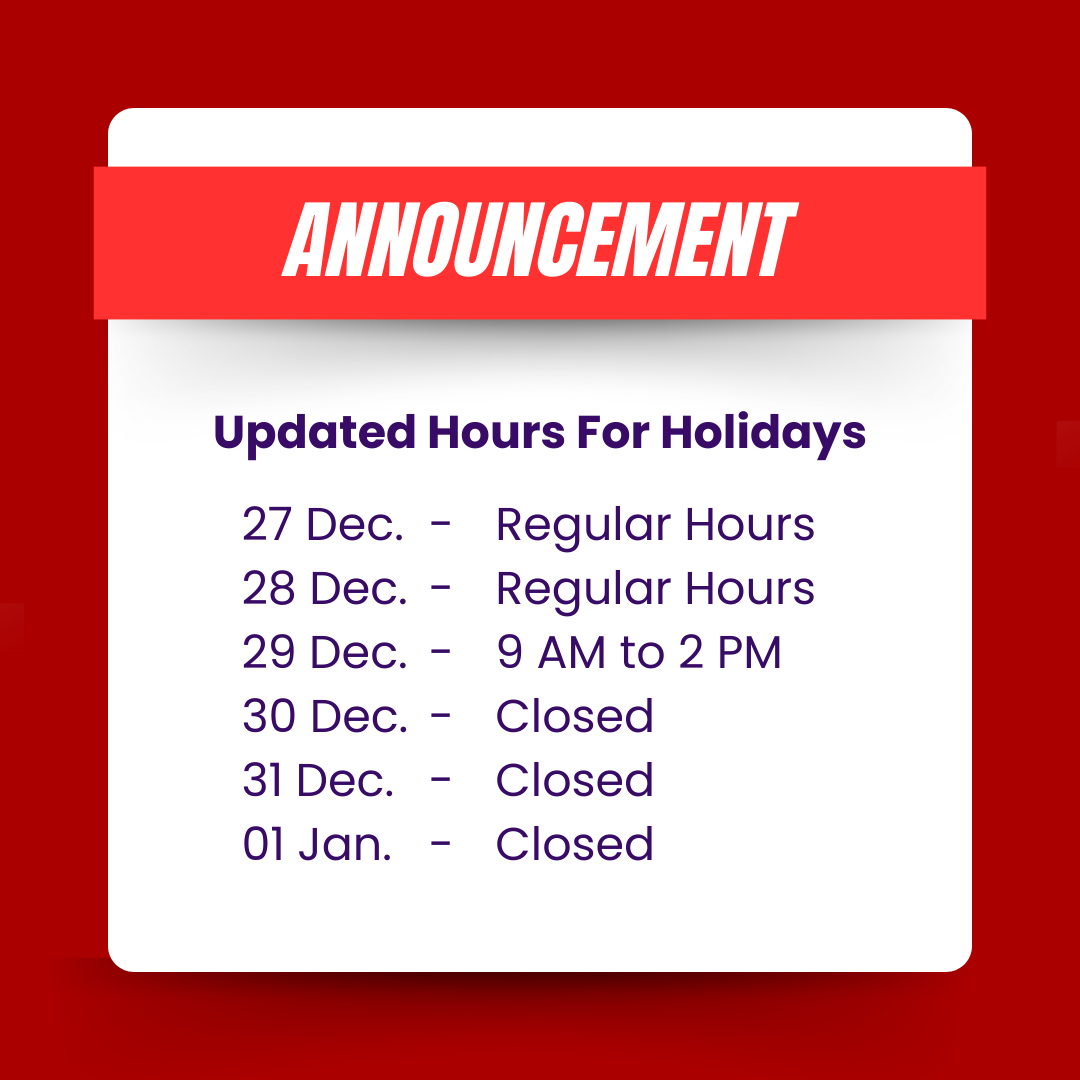The Ontario Highway Traffic Act (HTA) serves as the backbone of road safety and regulation in the province, governing everything from traffic rules to vehicle standards. Understanding the HTA is essential for every driver, pedestrian, and cyclist in Ontario, as it outlines their rights, responsibilities, and consequences for non-compliance. In this comprehensive guide, we’ll delve into what the Ontario Highway Traffic Act is, how it works, and its significance in maintaining safe and orderly roads across the province. Ready to navigate Ontario’s roads with confidence? Learn how the Highway Traffic Act impacts you and get a personalized insurance quote from Aaxel Insurance today!
The Purpose and Scope of the Ontario Highway Traffic Act
At its core, the Ontario Highway Traffic Act is a legislative framework designed to promote road safety, regulate traffic flow, and establish rules and standards for drivers, vehicles, and roadways. Enacted in 1923, the HTA has undergone numerous amendments and updates to adapt to evolving transportation trends and technologies.
It covers a wide range of topics, including speed limits, traffic signals, right-of-way rules, vehicle equipment requirements, and penalties for traffic violations. The HTA applies to all public roads and highways in Ontario, regardless of jurisdiction, making it a critical component of the province’s transportation infrastructure.
Key Provisions and Regulations Under the Ontario Highway Traffic Act
The Ontario Highway Traffic Act contains a multitude of provisions and regulations aimed at promoting safe and efficient travel on Ontario’s roadways. Some of the key provisions include rules governing speed limits, which specify the maximum speed at which drivers may operate their vehicles on different types of roads.
The HTA also establishes guidelines for traffic signals, stop signs, and other roadway signage to facilitate the orderly movement of vehicles and pedestrians. Additionally, the HTA outlines rules for right-of-way, passing, and turning, as well as requirements for vehicle equipment such as headlights, brakes, and tires.
Enforcement and Penalties for Violations of the Ontario Highway Traffic Act
Enforcement of the Ontario Highway Traffic Act is primarily the responsibility of law enforcement agencies such as the Ontario Provincial Police (OPP) and municipal police forces. Police officers have the authority to stop vehicles, issue tickets for traffic violations, and, in some cases, arrest individuals for more serious offenses. Penalties for violations of the HTA can vary depending on the nature and severity of the offense.
Minor infractions may result in fines, demerit points on the driver’s license, or mandatory attendance at a driver improvement course. More serious offenses, such as impaired driving or dangerous driving, can lead to license suspension, vehicle impoundment, and criminal charges.
Rights and Responsibilities of Road Users Under the Ontario Highway Traffic Act
The Ontario Highway Traffic Act outlines the rights and responsibilities of various road users, including drivers, pedestrians, and cyclists. For drivers, these responsibilities include obeying traffic laws, maintaining control of their vehicles, and yielding to pedestrians and other vehicles when required. Pedestrians are required to use designated crosswalks and obey traffic signals when crossing roadways.
Cyclists must follow the rules of the road, including signaling turns and stopping at stop signs and red lights. Understanding these rights and responsibilities is essential for all road users to ensure safe and courteous interaction on Ontario’s streets and highways.
The Importance of Compliance with the Ontario Highway Traffic Act
Compliance with the Ontario Highway Traffic Act is crucial for maintaining road safety and preventing accidents and injuries. By obeying traffic laws and regulations, drivers, pedestrians, and cyclists can reduce the risk of collisions and ensure the smooth flow of traffic. Failure to comply with the HTA not only puts the individual at risk but also jeopardizes the safety of other road users. Additionally, violations of the HTA can result in fines, penalties, and legal consequences, which can have long-lasting effects on a person’s driving record and insurance premiums.
Conclusion
The Ontario Highway Traffic Act is a fundamental piece of legislation that shapes the rules and regulations governing road use in the province. From speed limits and traffic signals to rights-of-way and enforcement procedures, the HTA touches on every aspect of road safety and regulation. By understanding the provisions of the HTA and adhering to its requirements, road users can contribute to safer roads and communities across Ontario. Whether you’re a driver, pedestrian, or cyclist, familiarizing yourself with the Ontario Highway Traffic Act is essential for navigating the province’s roadways responsibly and lawfully. Discover the ins and outs of the Ontario Highway Traffic Act and ensure you’re covered on every journey. Get a tailored insurance quote from Aaxel Insurance now!







